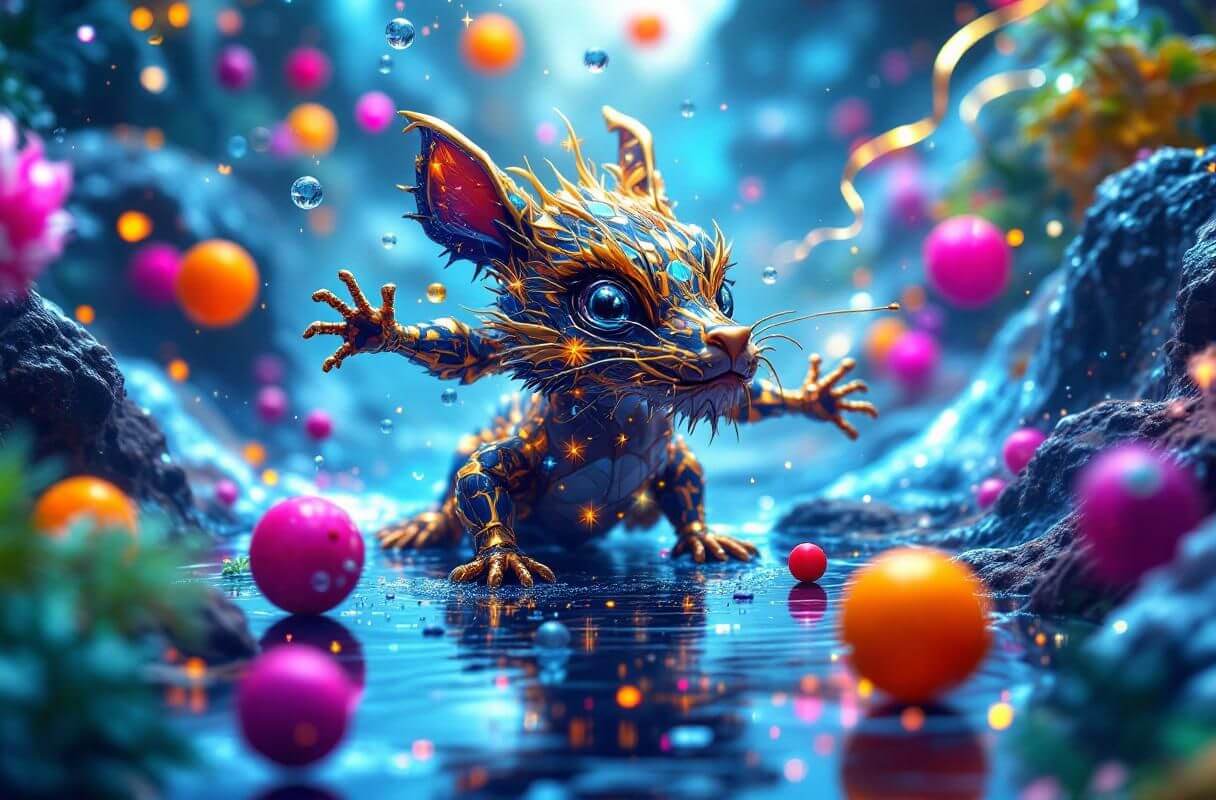Key Takeaways
- Blockchain and gaming synergies are unlocking new revenue streams for creators in 2025.
- NFTs enable ongoing royalties and authentic asset ownership in gaming environments.
- Web3 gaming empowers creators through DAOs, play-to-earn systems, and tokenized rewards.
- Revenue strategies include in-game crypto economies, community incentives, and interoperable assets.
- Edge of NFT continues to spotlight innovations reshaping creator empowerment in the digital space.
In 2025, creators are no longer confined to ad revenue, subscriptions, or platform commissions. The intersection of gaming and blockchain technology is giving rise to a more equitable digital economy—one where creators can directly monetize their work, earn royalties from digital assets, and co-govern communities through decentralized tools.
Edge of NFT has chronicled this shift from the sidelines of crypto conferences to deep-dive interviews with builders of play-to-earn ecosystems. What’s emerging is not just a revenue model—it’s a movement.
NFTs: The Building Blocks of Ownership and Royalties
Non-fungible tokens (NFTs) are a cornerstone of creator monetization in blockchain gaming. These unique digital assets let creators:
- Mint and sell in-game items like avatars, weapons, skins, or virtual land
- Earn royalties each time their NFT is resold
- Protect the scarcity and provenance of their creations
Example: Most blockchain games let their players own their digital assets as NFTs and creators share in their long-tail value. These models have generated millions in marketplace volume while rewarding both players and developers.
Play-to-Earn and the New Creator-Investor Model
Play-to-earn (P2E) models flip the traditional gamer dynamic. Instead of players paying to participate, they earn crypto or NFTs for their time, skill, or contribution to the game’s ecosystem. For creators, this translates to:
- Rewarding community members with token incentives
- Building sticky in-game economies
- Creating recurring revenue without predatory monetization
This new dynamic also blurs the line between player, creator, and investor—unlocking economic alignment across all participants.
Web3 Gaming and DAOs: Collective Ownership in Action
Web3 gaming is built on decentralization. Through DAOs (decentralized autonomous organizations), creators can:
- Crowdsource funding for game development
- Let the community vote on key updates or expansions
- Share profits with token holders
This model removes the middlemen and redistributes control to those most invested—players and creators alike.
Example: Games like The Sandbox and Star Atlas have implemented DAO structures to shape the direction of their universes collectively.

Smart Monetization Strategies in Blockchain Gaming
To fully leverage this new landscape, creators are embracing:
1. Tokenized In-Game Economies
Allow players to earn crypto through gameplay and use it for in-game purchases or staking.
2. Community Rewards
Incentivize social sharing, bug testing, or modding with NFT drops or token payouts.
3. Exclusive Digital Collectibles
Offer limited-edition skins, music tracks, or behind-the-scenes content as NFTs.
4. Interoperable Assets
Let players move NFTs between games or platforms to preserve value.
These strategies empower creators to build loyalty, generate recurring income, and form creator-led micro-economies.
The Rise of Creator-Owned Ecosystems
The creator economy in 2025 is increasingly self-sustaining. No longer reliant on publisher platforms, creators can:
- Fund development through NFT sales or token pre-sales
- Launch games with built-in governance via DAOs
- Retain ownership and control without giving up revenue splits
This autonomy is reshaping what it means to be a digital creator—offering independence, flexibility, and community-driven growth.
Edge of NFT’s Take: From Trend to Infrastructure
At Edge of NFT, we’ve seen this shift happen in real time. Our podcast and content spotlight the platforms, founders, and technologists building the next chapter of creator empowerment.
The takeaway? Blockchain isn’t just enabling new monetization—it’s redefining creator identity, value, and relationship to their audience.
Frequently Asked Questions
What are NFTs in gaming used for?
NFTs are used for owning, trading, and monetizing in-game items like characters, weapons, land, or digital art.
How do creators earn money in blockchain games?
They earn from direct sales, royalties on NFT resales, and by launching their own tokens or DAOs.
What is play-to-earn?
A model where players earn crypto or digital assets by participating in games—flipping the traditional pay-to-play structure.
What’s the benefit of DAOs in gaming?
DAOs allow communities to fund, govern, and profit from the games they help grow.
How is Edge of NFT involved in this space?
We cover the builders and innovations shaping the creator economy—from blockchain-powered games to tokenized revenue models.
Empowerment at Play
Gaming and blockchain are more than a technological convergence—they're a cultural and financial revolution. For creators, the barriers to entry are falling. In their place? Tools that offer control, connection, and sustainable income.
Edge of NFT remains at the forefront—helping decode these trends, champion creators, and guide the Web3-curious into the future of digital revenue.


.jpg)

.jpg)
.webp)
.webp)
.webp)


.svg)









